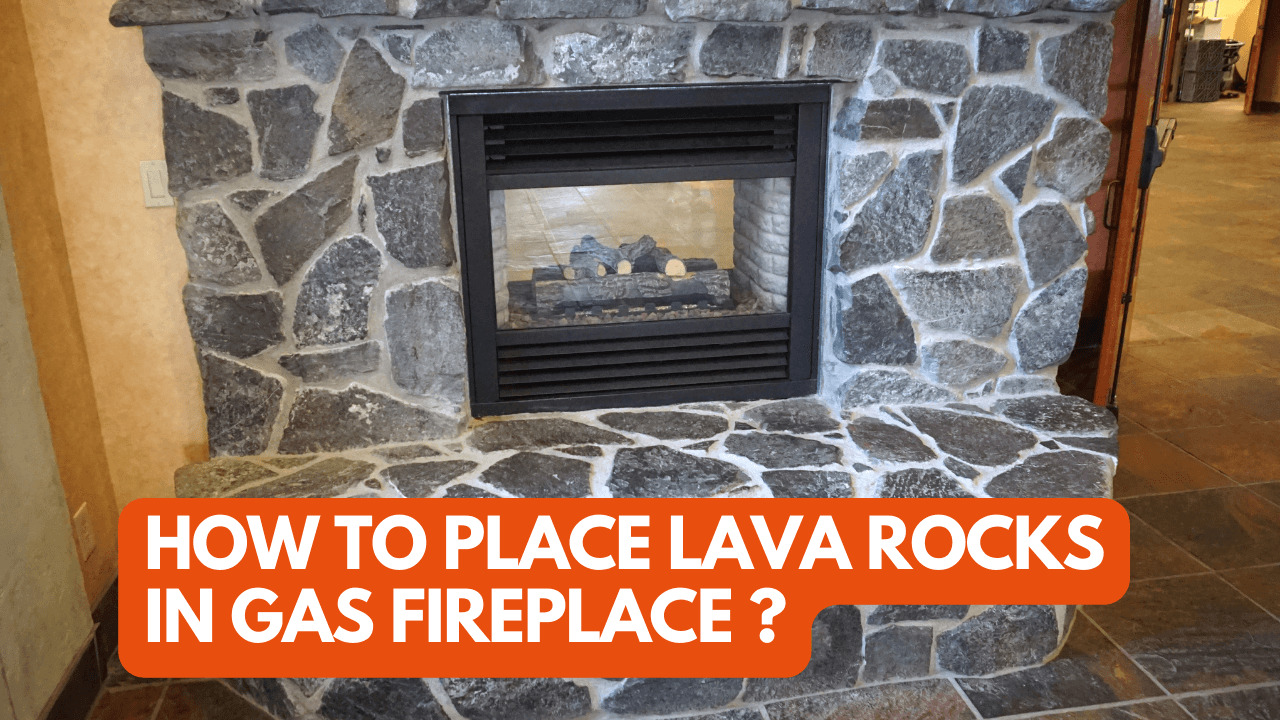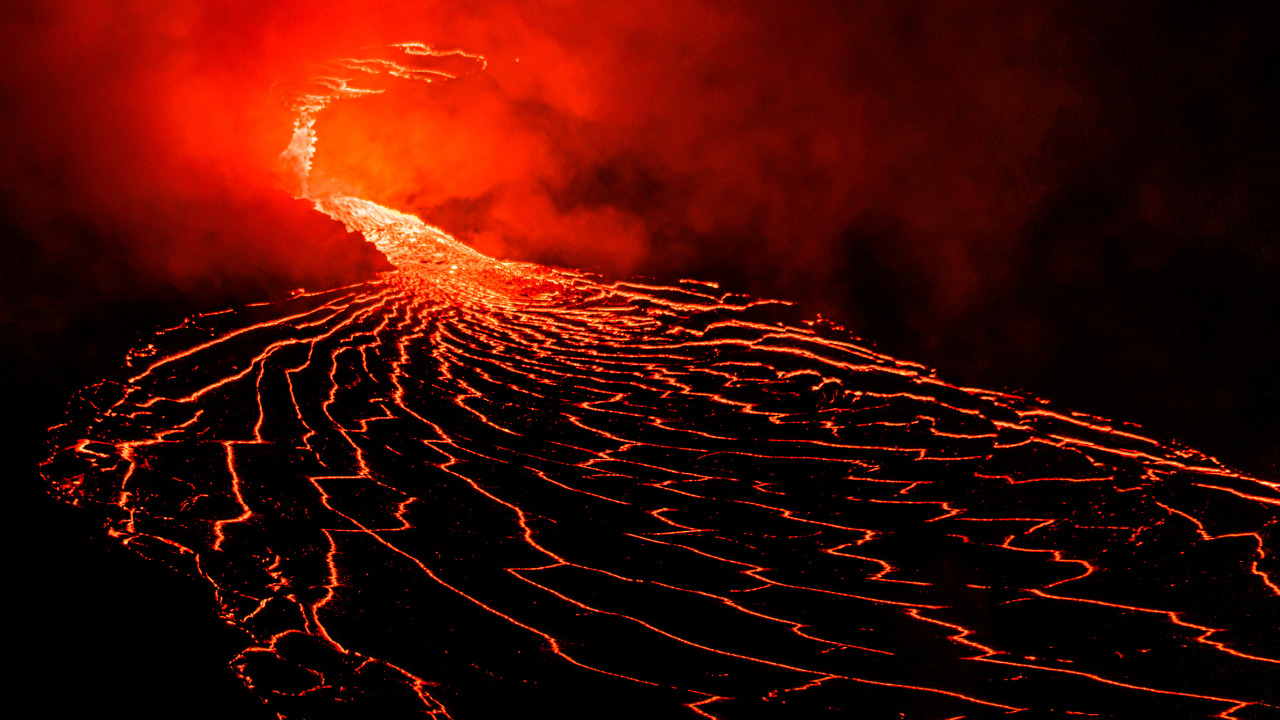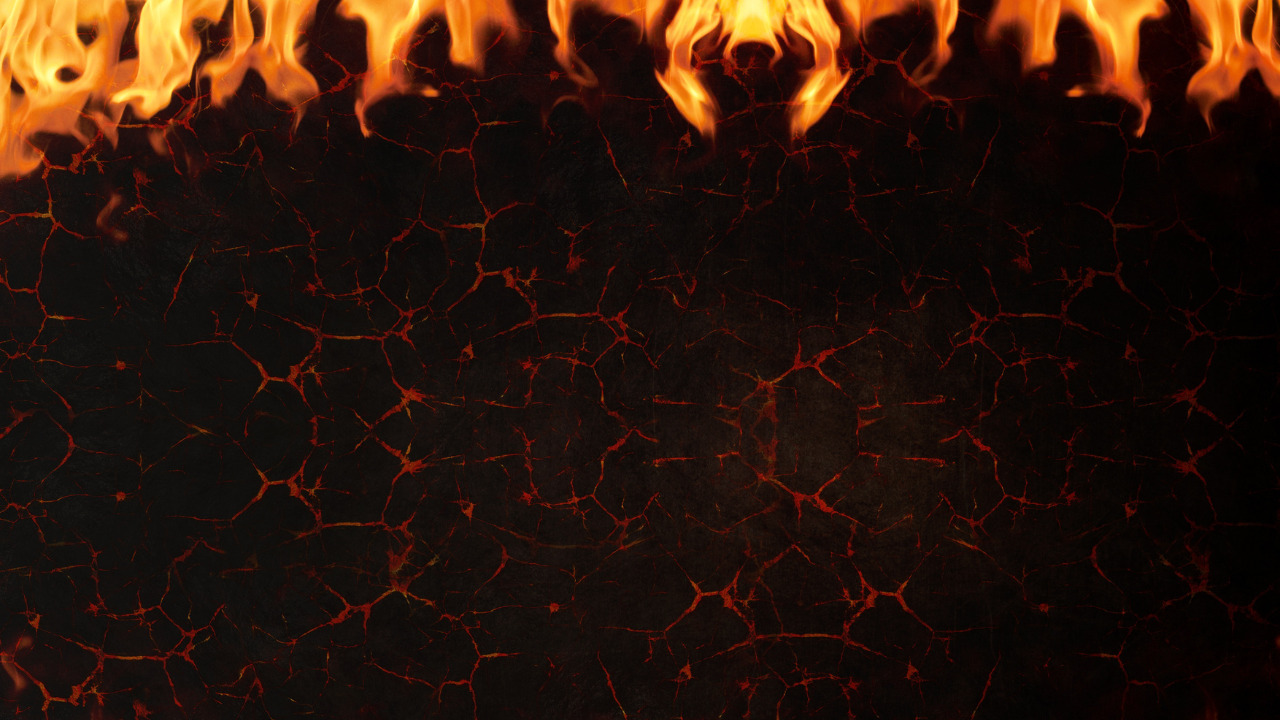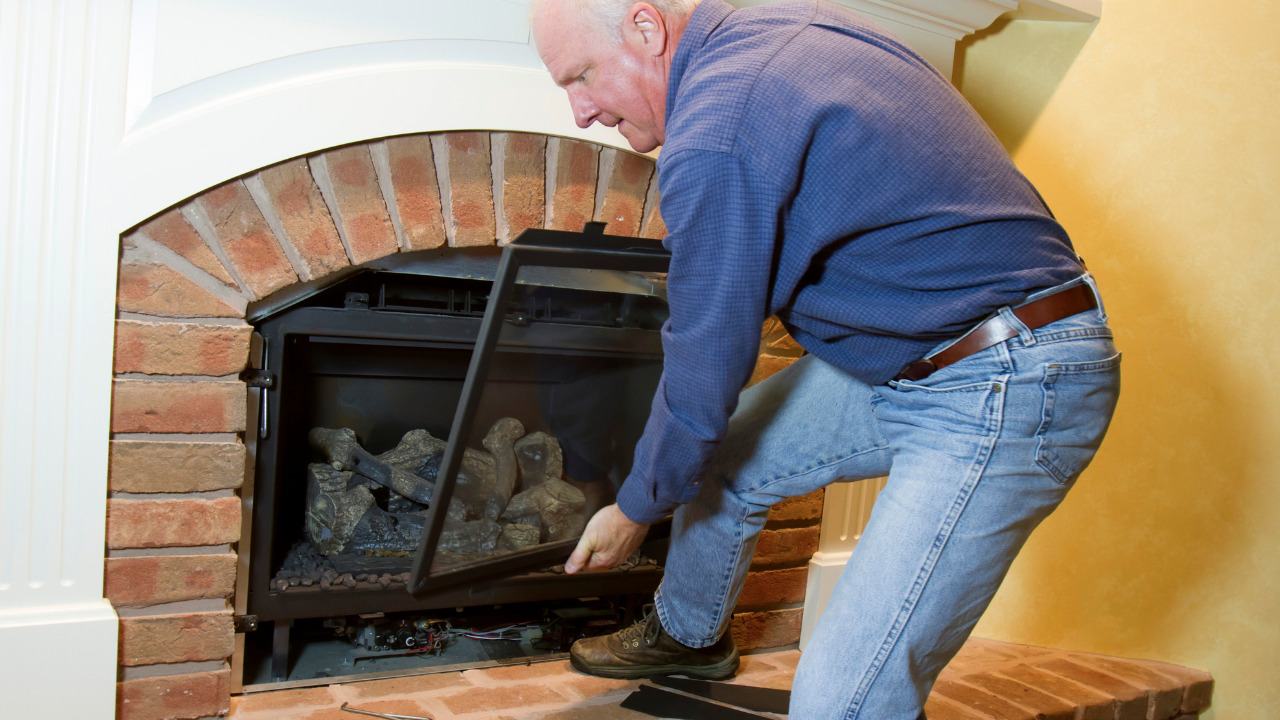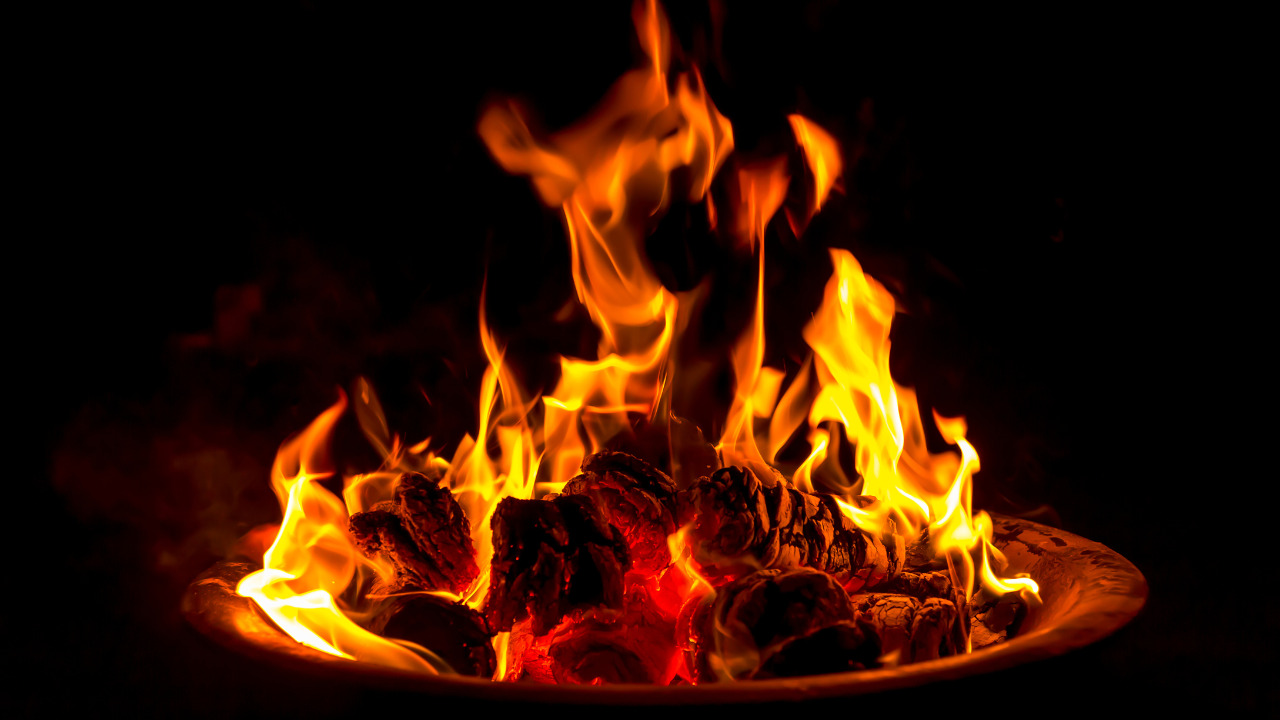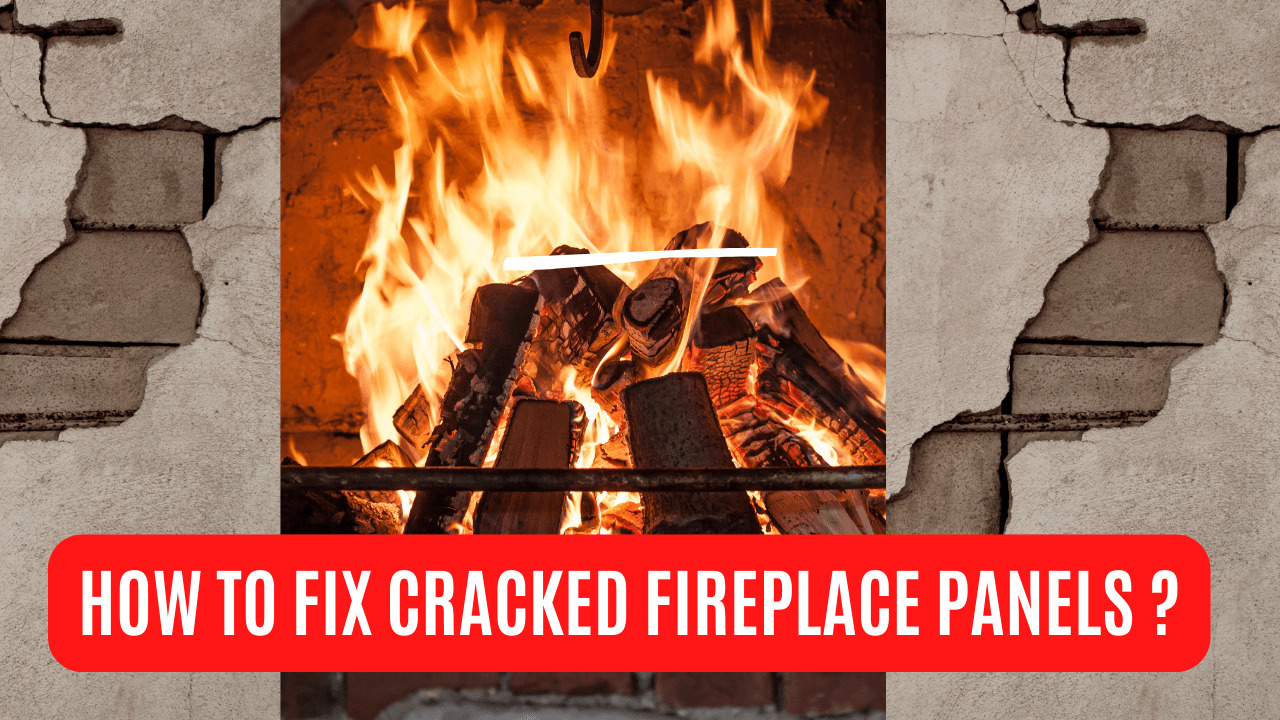Lava rocks can be inserted before or after the logs. Cover the fireplace’s base with lava rocks, as well as the burner on the stove. This should not be placed on top of anything else! It’s time to enjoy the results of my labor once you’ve cleaned and emptied the gas fireplace.
How to place your lava rock on your gas fire pit and how to set up your lava rock with crossfire burner nozzles are all covered in this post.
Lava rock is long-lasting, safe, and attractive, so it’s a great choice for a fire pit. Because lava rock is porous, it permits more airflow to your burner, which helps to distribute the heat properly and creates a fuller flame.
All lava rocks are suitable for use in fire pits. Grey lava does not exist. This is a widespread misunderstanding. With repeated use, black lava turns grey.
Table of Contents
Lava Rocks: An Overview
Lava rocks are igneous rocks that form naturally. Near volcanoes, one can find these rocks. They develop as heated magma cools and releases gas. Rock shapes, often referred to as basalt or lava rock, are produced due to this chemical process.
Lava rocks have pores by nature. They effectively disperse heat as a result of their excellent heat conductivity. Unlike lava rock, fire glass is a man-made material. It is made of tempered glass, which can endure very high temperatures.
As a result, the glass won’t melt, burn, or change color. This material does not release any hazardous compounds and is entirely safe. It may also transmit up to four times as much heat as wood can.
What Are The Main Reasons To Use Lava Rocks In Gas Fireplaces?
Lava rocks for natural gas fire pits are popular because of their rustic appearance. They can also be utilized in an indoor gas fire.
Natural rocks and gravel are not recommended for gas fire pits because they are more likely to shatter or explode when exposed to high temperatures. Lava rock is a considerably safer solution with numerous benefits.
Long-Lasting Heating Option
Lava rocks are particularly good at distributing heat uniformly and over a long period. This is especially beneficial for gas fire pits since it provides even, long-lasting heat with no cold areas.
A covering of lava rock can protect the burner of your fire pit in all weather conditions. Because lava rock is resistant to water, it can aid in the drainage of your fire pit.
Better Performance
When you light your gas fire pit, the gas travels through the crevices in the lava rock to keep the flame glowing on top. The fire pit’s flame and heat are located at the top. Because of its strong insulating characteristics, lava rock shields the burner from the tremendous heat.
This improves the burner’s performance and increases its lifespan. Lava rock can survive incredibly high temperatures and not crumble or become damaged due to its volcanic origin. It requires very little upkeep and is durable, allowing it to be used frequently.
It is environmentally safe, lightweight, and free of additives or chemicals. It also maintains its color well over time.
Durable
Lava rocks are generally strong. But the rocks will degrade and decay over time. The lava rocks should be updated every one to two years, depending on how frequently you use your fireplace. As an alternative, fire glass will endure far longer than lava rock.
Fire glass won’t deteriorate over time because it was made expressly to resist high temperatures.
Appearance
Fire glass has a modern appearance because of its polished gloss. The innumerable color combinations and sparkling brilliance will undoubtedly improve the ambiance. Lava rock is a good choice if you want a classic or natural look. The soft colors work well together and let the fire or gas logs steal the spotlight.
Traditional, rustic styling is provided by lava rock. Because of its matte look, igneous rock won’t reflect the flames’ appearance. There aren’t many color choices because it’s naturally occurring and untouched.
Classic hues like red, brown, or black are frequently used. Since quite some time ago, lava rock has been the material of choice for fire pits and fireplaces.
Steps To Place Lava Rocks In Gas Fireplace
You must be delicate when placing your lava rocks on your gas fire pit, whether it be a fire bowl or a fire table. Because of how the rocks were obtained, there is a dust build-up in them, so don’t just pour them all into your gas fire pit.
Dust and small pieces of lava rock will clog the jet, preventing the flames from escaping and lowering the performance of your fire pit.
Rinse-Off Lava Rocks
Another technique to avoid dust is to rinse the lava rock to eliminate any unwanted dust and dry it for a few hours before placing it in the fire pit. If your burner is intended to be completely covered in lava rock, it should be no more than half an inch below the surface.
If you have a crossfire burner with jets, they must be left uncovered, or the lava rock must be positioned so that the air intake on the side of the jet is not impeded.
Maintain Lava Rocks In the Gas Fireplace
Lava rocks require little upkeep and can last for three years or more, depending on how frequently you use your fire pit. However, moving lava rock around frequently might reduce its lifespan by causing it to break into tiny pieces. As previously stated, lava rock will degrade with time, accumulating dust in the burner pan.
To keep the gas ports clear, we recommend removing the lava rock at the beginning of each season and vacuuming or sweeping the accumulated dust. The lava rock should be returned to its original location for future use. When not in use, make sure to cover your fire pit.
Make Sure To Clean Gas Fireplace Before Placing Gas Rocks
Annual inspection and cleaning of gas fireplace chimneys are recommended. Because you are not burning wood, there will be no soot or creosote in the chimney, but you may find bird nests that need to be removed.
If you pick any larger sandstone rocks, moisture can become trapped inside, causing the rocks to split or explode. River rock is fine, but this will retain heat for an extended period. A gas fire doesn’t have any pops and crackles or blazing embers.
However, if you want your gas fire to have a bit more pop and crackle, there are items that you may use. With a little extra material, you can make your gas fireplace crackle like it’s burning wood.
Precautions For Safe Use Of A Lava Rocks Fire Pit
It’s crucial to follow a few safety guidelines when operating a gas fireplace:
- Make sure there are no flammable items in the space in front of the fireplace.
- Don’t use the fireplace if the chimney or the area around the damper has any leaks.
Never let a fire burn unattended. - Verify that the fireplace is appropriately vented outside.
- Avoid combustible liquids to start or maintain a fire in the fireplace.
- When the fireplace is in use, keep kids and animals away.
- Before leaving the house, make sure the fireplace is off before you go to bed or leave the house.
Final Thoughts
When it comes to using lava rocks for a fire pit, they have a few advantages over other gas fire pit ornamental options. Because lava rocks are made of lava, they have a high heat tolerance, making them ideal for use in a fire, particularly in flames ignited with gas.
A layer of lava rocks in your gas fire pit protects the lighter components of the fire pit. Lava rocks for gas fire pits are a safe and rustic aesthetic option.

